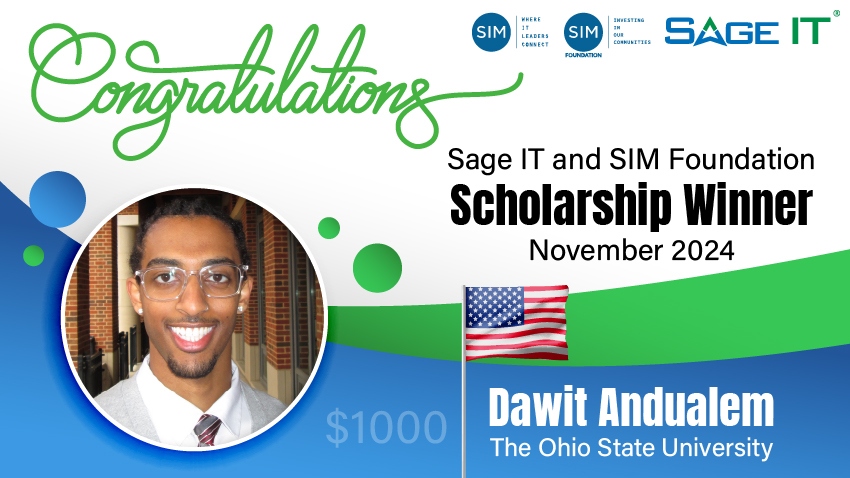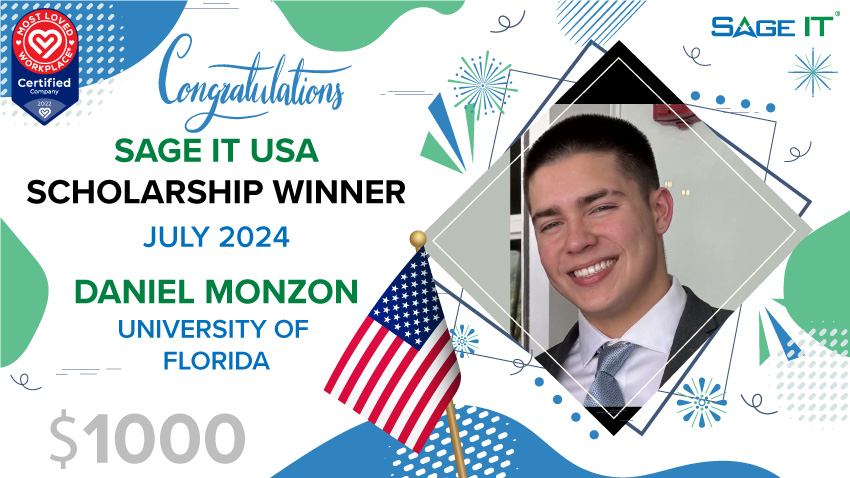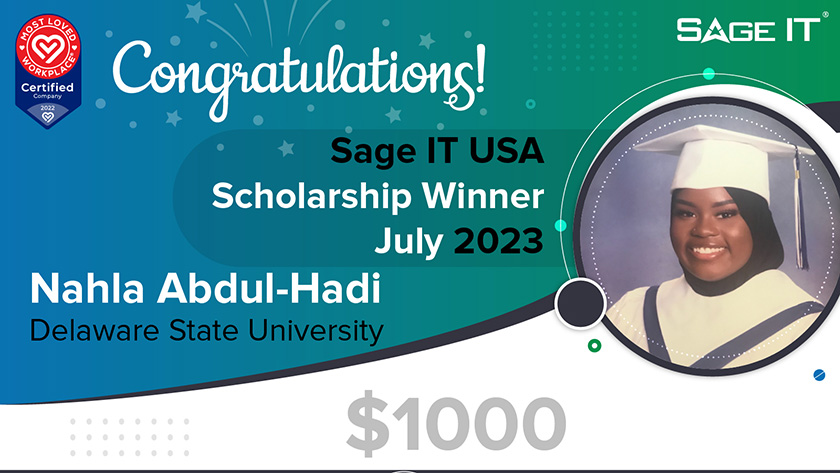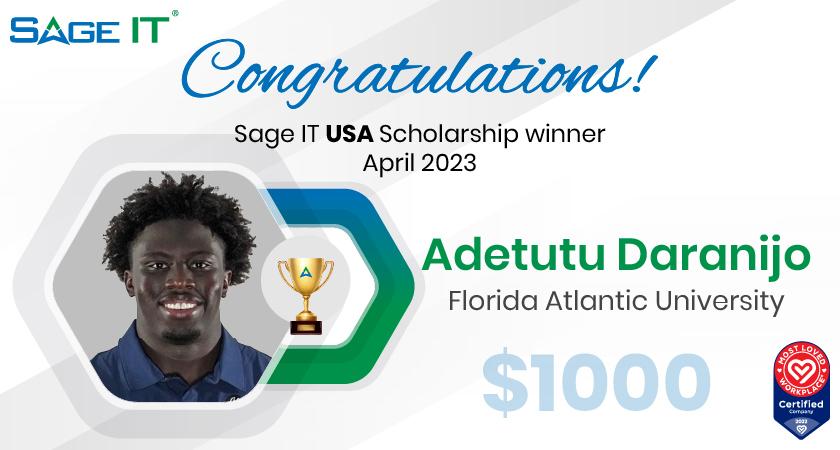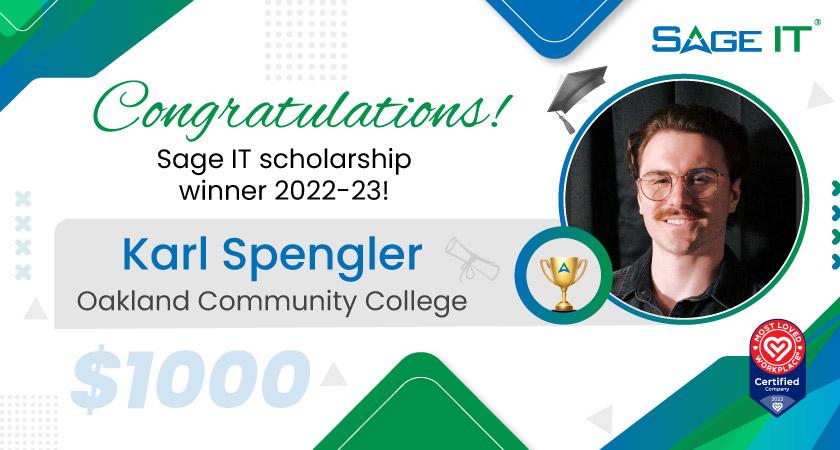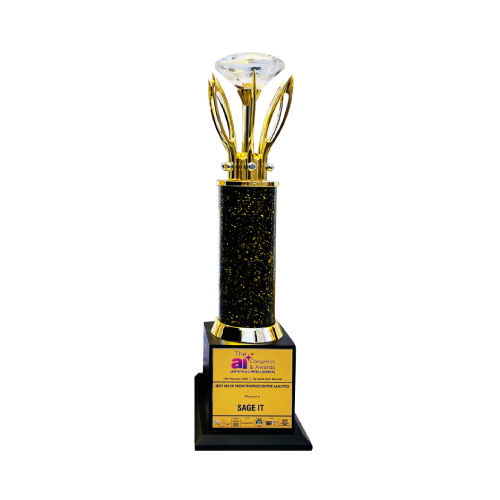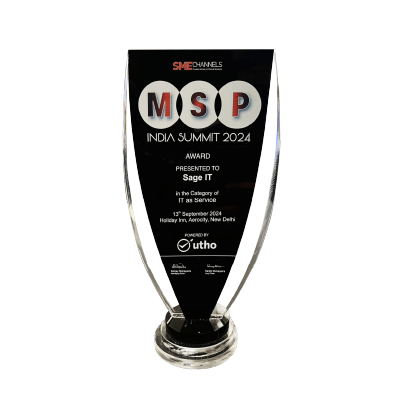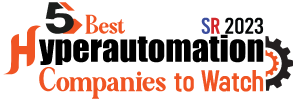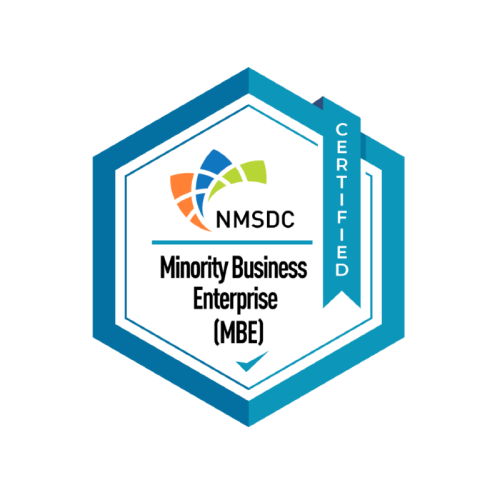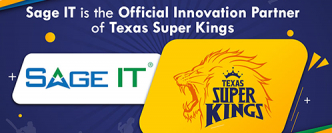“Gen AI + Gen Z: Shaping the Future of Work
The integration of generative artificial intelligence (Gen AI) and the influence of Generation Z (Gen Z) are redefining the landscape of the modern workforce. As someone currently studying Industrial and Systems Engineering at The Ohio State University, I’ve witnessed firsthand how technology, particularly AI, is rapidly becoming embedded in various industries. This shift is creating new norms for the future of work and raising exciting questions about what it means to collaborate and innovate. While Gen AI has already transformed automation and data-driven processes, the addition of Gen Z, marked by our digital fluency and adaptability, brings a unique dynamic to how work is executed and reimagined.
The Rise of Gen AI in the Workplace
Gen AI has quickly emerged as a game-changer in the workplace by enabling machines to simulate human creativity. Unlike conventional AI systems designed for specific tasks, generative AI can produce new content, such as text, designs, and even code. This capability allows for more versatile applications, from automating content generation for marketing campaigns to optimizing supply chain logistics with predictive models. One of the most fascinating things I’ve observed during my studies is how Gen AI can assist with complex problem-solving by creating multiple scenarios for analysis, which would otherwise take human teams weeks to complete.
I had an opportunity last summer to take an online course called “Python for Data Science, AI, and Development” taught by IBM on the Coursera platform. This course opened my eyes to the power of AI in real-world applications. I learned how to harness data for meaningful insights and build simple AI models, which deepened my understanding of how generative AI could reshape the traditional workplace. Whether used for customer service through chatbots or analyzing market trends for strategic decision-making, the potential applications are boundless.
The Current Landscape – An Expansive Canvas of Creativity
Today’s assistive technologies form a vibrant mosaic, painted with the bright colors of human creativity and limitless empathy. Like a garden in full bloom, each innovation—be it voice-to-text software, screen readers, or mobility aids—stands as a testament to our collective dedication to fostering an inclusive society. These technologies begin to construct robust bridges over the chasms that once isolated individuals with disabilities, estranging them from the dynamic life of the digital world.
Voice-to-text technology, for example, has liberated the voiceless, allowing those who once struggled to communicate to express their thoughts and ideas effortlessly. Screen readers have emerged as swift steeds, traversing the digital landscape, bringing visually impaired users to new realms of knowledge and opportunity previously veiled in darkness. Mobility aids have evolved into vessels of independence, dismantling the barriers of physical restriction and enabling individuals to participate fully in the rich narrative of community and professional life.
This is merely the prologue in the symphony of inclusivity that next-generation technologies will orchestrate.
The Hybrid Workforce: Beyond Human-Robot Collaboration
The concept of the hybrid workforce has evolved significantly. It’s no longer just about humans working alongside robots on manufacturing floors; it’s about blending human ingenuity with AI capabilities across all sectors. This partnership has the potential to amplify the unique strengths of both Gen AI and Gen Z. While generative AI can handle repetitive tasks and data-heavy analyses, human workers, particularly those from Gen Z, excel in creativity, empathy, and critical thinking, qualities that machines can’t replicate.
For instance, imagine a marketing team where Gen AI generates potential ad copy based on consumer data while a Gen Z marketer refines it to add cultural nuance and relatability. This kind of collaboration not only speeds up the process but also ensures that the end product resonates on a deeper level. I remember reading about Lyft’s acquisition of Halo Cars, a startup that places smart digital screens on rideshare vehicles to display context-aware advertisements. This initiative, led by young entrepreneurs, is an example of how Gen Z’s innovative mindset can use technology creatively to disrupt traditional advertising.
Real-Life Use Cases and Future Potential
One of the most exciting real-life applications of this hybrid model is in supply chain management. Companies like General Electric (GE), which I have learned about through webinars at my university, are already using AI to predict maintenance needs and optimize supply chains. With the help of Gen AI, supply chain models can simulate various scenarios and recommend the most efficient paths. When combined with the fresh perspective and adaptability of Gen Z workers, these models can be refined and adapted in real-time to respond to market changes more effectively.
Another promising use case lies in sustainability initiatives. Gen Z is deeply committed to social and environmental responsibility, and we seek careers that align with these values. Gen AI can assist in designing sustainable solutions by analyzing massive datasets to find patterns that humans might miss. For example, AI could optimize energy consumption in smart buildings or suggest improvements to manufacturing processes that reduce waste. As someone who is involved in a team working on a hybrid-electric vehicle at school, I’ve seen firsthand how crucial data analysis and sustainable engineering are to making tangible improvements. With the aid of Gen AI, these projects can scale faster and have a broader impact.
Challenges and Considerations
While the combination of Gen AI and Gen Z is promising, it comes with its own set of challenges. Ethical considerations around data usage, privacy, and job displacement are areas that both workers and employers must address. Gen Z, known for our commitment to transparency and fairness, will play a significant role in shaping how these issues are managed. We’re already seeing discussions about AI ethics in the tech industry and on college campuses. During one of our AI club sessions, we debated the ethical implications of using AI for recruitment, raising questions about bias and fairness. These are conversations that need to continue as we integrate more AI into the workforce.
The Path Forward: A Vision for the Future
Looking ahead, I believe the future of work lies in an environment where humans and AI are co-creators, not just co-workers. This hybrid model will rely on the innovative spirit of Gen Z and the analytical power of Gen AI. To make this vision a reality, organizations must invest in training programs that equip the workforce with the skills to collaborate effectively with AI technologies. Educational institutions should continue to partner with industry leaders, as Ohio State University does with GE, to provide students with practical insights and experiences.
In conclusion, the fusion of Gen AI and Gen Z has the potential to revolutionize the workforce by combining the best of both worlds. It’s a future where AI takes on complex tasks and data analysis, while human workers contribute creativity, empathy, and strategic thinking. My journey as an Industrial Engineering student and my involvement in AI-focused initiatives have shown me that this combination isn’t just a possibility, it’s already underway. Writing this piece has been an enriching experience, reminding me that while technology may be the catalyst, it’s the human touch that will drive the future of work forward.
